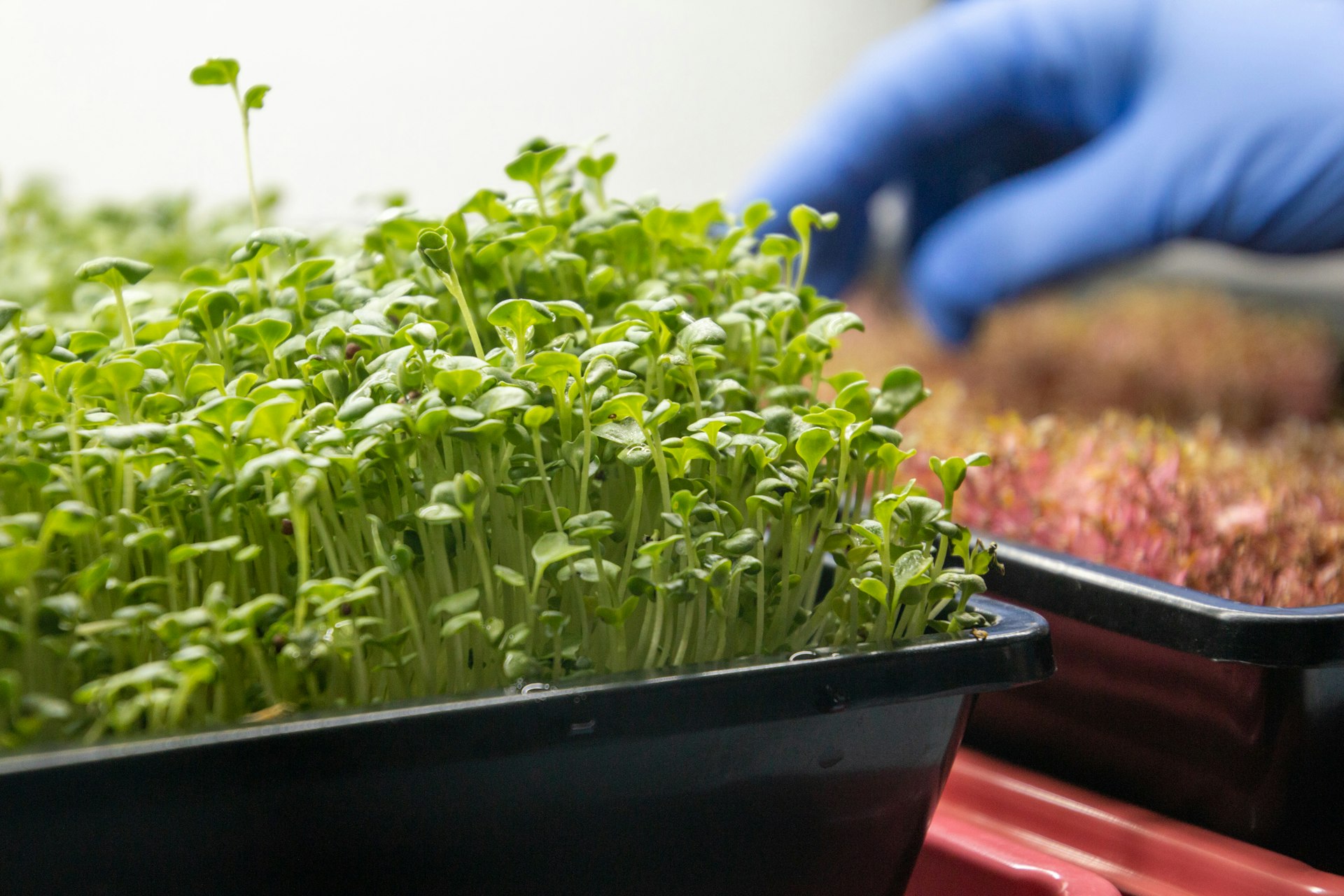Unlocking Global Flavors: How to Explore and Experience Cultural Food Markets

Photo by Charles Chen on Unsplash
Introduction: The Transformative Power of Cultural Food Markets
Immersing yourself in a region’s food markets is one of the most enriching ways to connect with its culture. Whether you’re traveling abroad or seeking new flavors in your own city, cultural food markets offer a window into local traditions, history, and daily life. These vibrant spaces allow you to sample authentic dishes, discover unique ingredients, and interact with people who carry centuries-old culinary knowledge. In this guide, we’ll explore the value of cultural food markets, practical ways to engage with them, and actionable steps to deepen your experience.
Understanding the Role of Food Markets in Culture
Food markets have long been central to community life, acting as hubs for trade, socialization, and cultural exchange. Markets reflect the agricultural practices, religious traditions, and historical influences that shape a region’s cuisine. For example, Singapore’s hawker centers are celebrated for bringing together Malay, Chinese, Indian, and Peranakan culinary traditions in one communal space, recognized by UNESCO as an essential part of the nation’s intangible cultural heritage [1] . Similarly, African and Caribbean markets showcase ingredients and flavors that tell stories of migration, resilience, and community [2] .
Why Explore Cultural Food Markets?
Exploring cultural food markets offers benefits far beyond the obvious pleasure of eating:
- Authentic Connection: Markets provide a genuine insight into how local people live, what they eat, and the values they hold [3] .
- Learning Opportunities: You can witness traditional methods of food preparation, learn about indigenous ingredients, and often engage with vendors who are eager to share recipes and stories [4] .
- Community Building: Markets are social spaces where people from all walks of life come together, fostering unity and cultural pride [1] .
- Culinary Inspiration: Exposure to unfamiliar flavors and techniques can spark creativity in your own cooking.
How to Plan Your Cultural Food Market Exploration
To make the most of your exploration, consider the following steps:
1. Research Market Options
Start by identifying notable markets in your destination or city. Look for those recognized for their cultural significance or diversity. For example, Queen Victoria Market in Melbourne is known for its multicultural offerings, while Carmel Market in Tel Aviv is famous for Middle Eastern treats and vibrant produce [5] . Consult local tourism boards, travel blogs, or community forums for up-to-date information.
2. Time Your Visit
Many markets operate on specific days or have peak hours. Plan your visit during these times for the most dynamic experience. Arrive early for the freshest produce and to observe daily rituals, or come later in the day for lively crowds and street performances. In some cities, night markets offer a unique atmosphere, such as the Donghuamen Night Market in Beijing, famous for its exotic street foods and bustling energy [5] .
3. Engage with Vendors
Approach vendors with curiosity and respect. Many are eager to share the origins of their products, preparation tips, or even samples. If you don’t speak the local language, learn a few key phrases or use translation apps to facilitate conversation. Showing genuine interest often leads to deeper cultural exchanges and sometimes even invitations to local celebrations or kitchens.
4. Sample Widely and Safely
Markets are perfect places to try new foods. Start with small portions of unfamiliar dishes. Pay attention to food safety: eat where you see high turnover and clean preparation areas. In many regions, street food is not only delicious but also a safe and affordable way to eat like a local [3] .
5. Take a Food Tour or Cooking Class
For a more structured experience, consider joining a local food tour or cooking class. These activities are often led by knowledgeable guides or chefs who can introduce you to market specialties, explain historical contexts, and teach you how to prepare signature dishes yourself [4] . Search for reputable tour providers by looking for recent reviews on major travel platforms or by asking at local hotels and visitor centers.
6. Document and Share Your Experience
Take notes, photos, and videos to capture what you learn. Documenting your experience not only preserves memories but can also inspire others to explore and appreciate cultural diversity. Many travelers create blogs or social media posts to highlight their favorite finds and stories from the market.
Overcoming Common Challenges
While exploring cultural food markets is rewarding, you may encounter some challenges. Here’s how to address them:

Photo by Jean Valjean on Unsplash
- Language Barriers: Use translation apps or nonverbal communication. Smiles and gestures go a long way.
- Food Allergies: Learn the names of ingredients you need to avoid in the local language. Carry written cards explaining your allergies.
- Crowds and Noise: Some markets can be overwhelming. Visit during off-peak hours for a more relaxed experience.
- Navigation: Markets can be sprawling and confusing. Get a map from the information desk or ask vendors for directions.
Alternative Ways to Experience Food Culture
If you can’t travel to a new country or city, there are still ways to engage with diverse food cultures:
- Visit International Markets in Your Area: Many cities have specialty grocery stores or markets catering to different communities. Explore their aisles, ask staff for recommendations, and try cooking at home with new ingredients.
- Virtual Food Tours: Some organizations offer online culinary experiences, including virtual market tours, cooking classes, and tastings. Search for “virtual food market tours” or “online international cooking classes” to find current offerings.
- Cultural Festivals and Events: Attend local food festivals, street fairs, or multicultural events that feature market-style food stalls and demonstrations.
Practical Steps to Get Started
To begin your own exploration of cultural food markets:
- Decide which culture or region interests you most. Research markets known for representing that cuisine.
- Check official tourism websites or local government portals for up-to-date information on market locations, opening times, and safety guidelines.
- If you’re interested in guided experiences, look for established tour companies or culinary schools with positive reviews and transparent pricing.
- Prepare a list of foods or ingredients you want to try. Be open to spontaneous discoveries.
- Bring cash in small denominations, as many vendors do not accept cards.
- Pack a reusable bag or container for purchases and samples.
Key Takeaways
Exploring cultural food markets is a gateway to understanding the heart and soul of a community. It’s an adventure that invites you to savor new flavors, connect with local people, and gain a richer appreciation for global diversity. With thoughtful preparation, a spirit of curiosity, and respect for local customs, anyone can embark on this journey-whether abroad or close to home.
References
- [1] Wander-Lush (2023). Food Culture: 30 UNESCO Culinary Traditions Around the World.
- [2] Naperville Fresh Market (2023). Exploring the Global Flavors: A Food Lover’s Guide to International Markets.
- [3] Lokal Travel (2023). Exploring Local Cuisines and Food Culture: A Key to Authentic Travel.
- [4] Travel Bug Tonic (2023). Travel Through Taste: An Immersive Guide to Local Food Culture.
- [5] So Yummy (2023). A Beginner’s Guide to Exploring The 45 Most Luxurious Food Markets Around the World.
MORE FROM hotondeals.com













